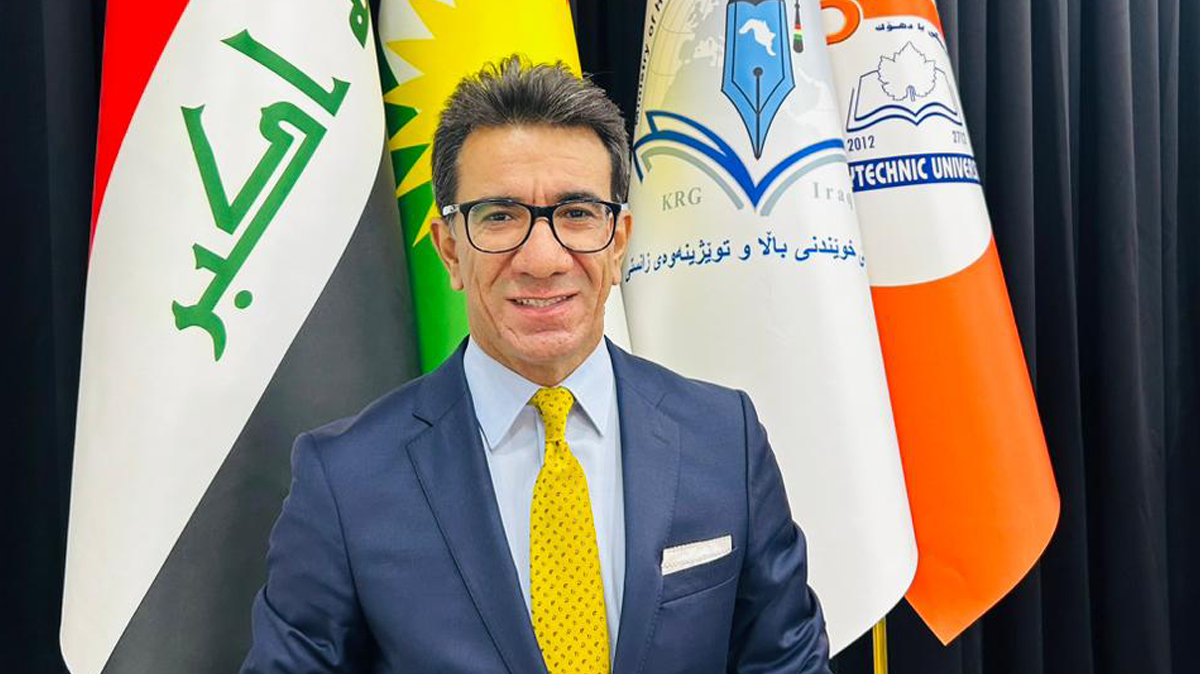The Role of Predictive Policing in Predicting Spatiotemporal Crime Mapping
Dr. Fahil Abdulbasit A. Abdulkareem
Technical Institute of Administration
Since the modern criminology critically reviews the contribution of socio-environmental factors to the crime mapping in terms of their spatiotemporal distribution, a statistical/machine learning technique namely called the Risk Terrain Modelling (RTM) is currently being used as a software solution to diagnose the socio-environmental conditions that lead to crime in a specific area’s geography (Study Area), through geospatial and temporal analyses of crimes by linking them to hotspots and analysing them into big data (criminal data), and as a result, appears the new predicting patterns of risks in geographical area under survey (Survey Area) in future, all that for a sake of a rapid and effective response by the Predictive Police, firstly, for setting the priorities for the deployment of precautionary resources to prevent crime and reduce potential risks in the event of a crime, and secondly, what is required to be done upon arrival as a precautionary step to control the crime with a minimum disadvantage to the police forces. The Risk Terrain Modelling represents a systematic investment for more than a decade in the field of criminal investigation, it is have been founded by Leslie W. Kennedy and Joel M. Caplan at Rutgers University, and it currently testes in over than 45 countries around the world.
In conjunction with an increase in methodological accuracy about crime-fighting initiatives and the increase in partnerships between programmers and legal experts (academics in the field of criminal justice), many analytical programs have been introduced into the police institution, based on the Geographic Information System (GIS), as an analytical tool for determining crime motives and analysing them on the one hand, and developing and evaluating crime prevention programs on the other hand, in order to identify hotspots on the crime map, after conducting spatiotemporal analyses that clarify the relationships between the crime and the features of socio-environmental data in places where crimes are concentrated. These efforts to draw a criminal map using a retroactive effect (criminal data and land use data of crimes) for determining early warning (spatial) and building a proactive approach in terms of resource preparedness by the police to prevent crime, and aiming to enhance the predictive capabilities of the spatiotemporal distribution of crime, the RTM will be used to determine the temporal correlations between successive events, and after measuring the socio-environmental features by using the GAMLSS R package model , there will appear the F1-score of the mutual influence between these socio-environmental factors in predicting process on one side, and on the spatiotemporal distribution of crime on the other side.
The importance of the technique is demonstrated by evaluating the results of the theoretical application of artificial intelligence applications, namely RTM and GAMLSS R package, and their importance in enhancing the security performance of the police in combating the crime, or rather preventing it before it occurs, and reducing the cases of suspicion unintentionally (victims of justice) of innocent people, meaningly reducing the circle of suspicion to its narrowest limits.
The scope of the technique includes the use of artificial intelligence applications in general, RTM and GAMLSS R package in particular, and trigging to build academic partnerships through joint researching (Interdisciplinary Researching) between programmers (IT specialists) and criminal law specialists in the field of criminal justice (algorithmic criminology).
The technology's mechanism of action includes the following aspects:
- the interaction between socio-environmental factors and the spatiotemporal distribution of the crime mapping;
- rooting algorithmic prediction (algorithmic criminology) in contemporary criminal doctrine, in the form of precautionary measures (inferential measures).
Lastly, we summarise the current criminology ideas and how to apply them to the Iraqi criminal justice system, by interaction with the principles of algorithmic criminology, and adopting the applications of artificial intelligence in the field of the predictive policing, and encouraging Iraqi criminal legislator to issue contemporary legislation to regulate the purposeful use of forensic artificial intelligence applications to preventing the crime.

